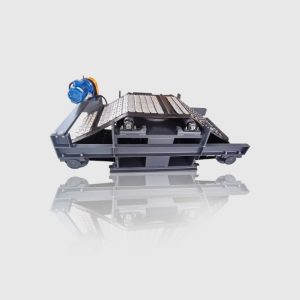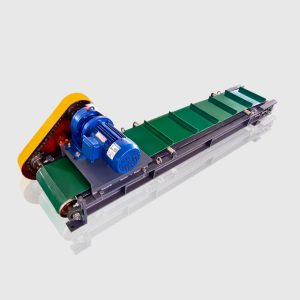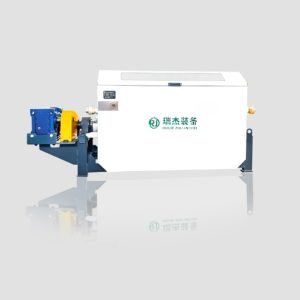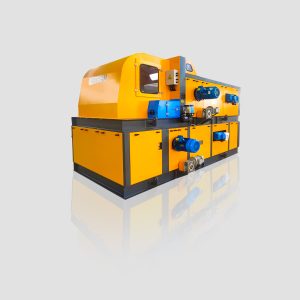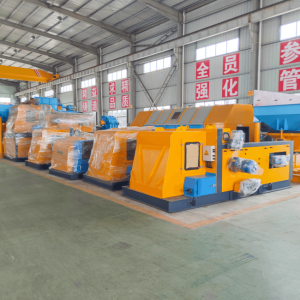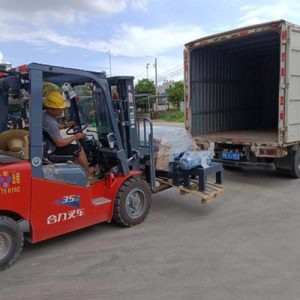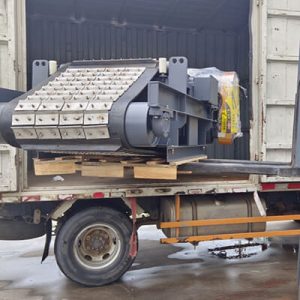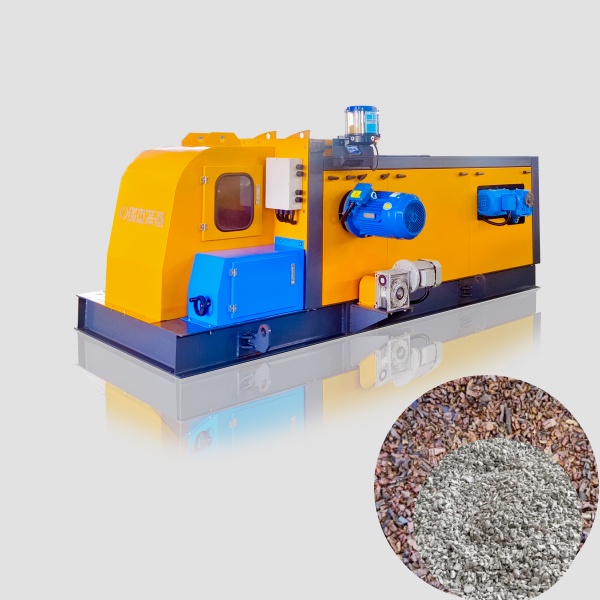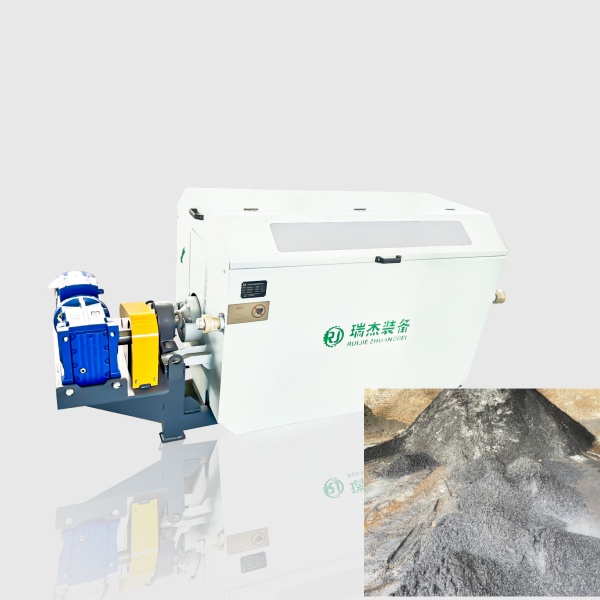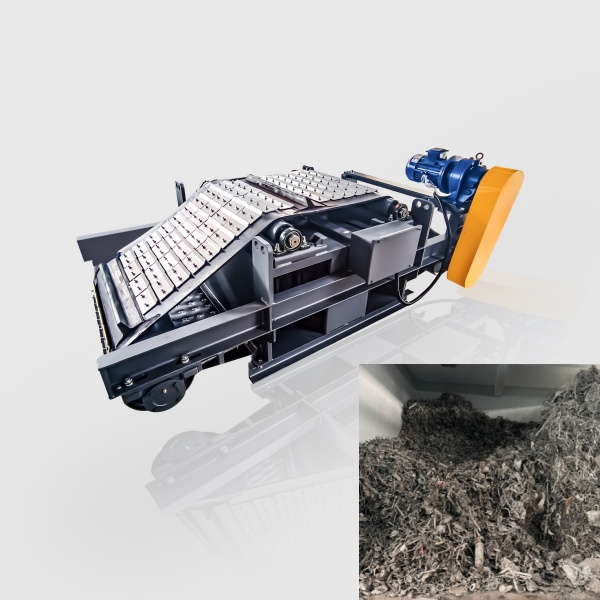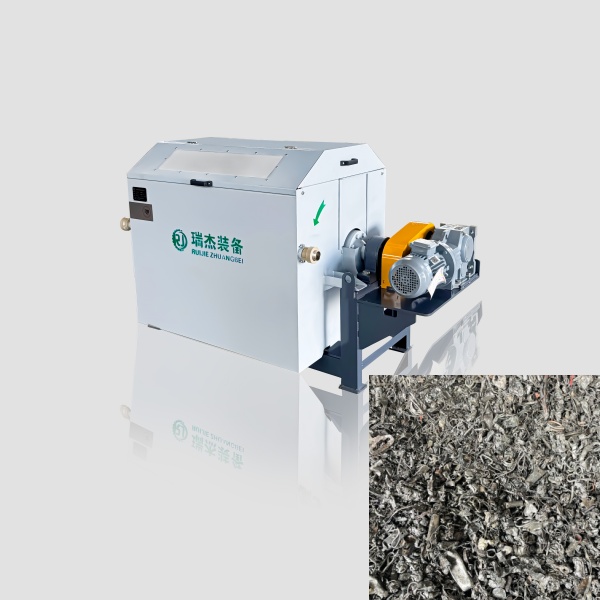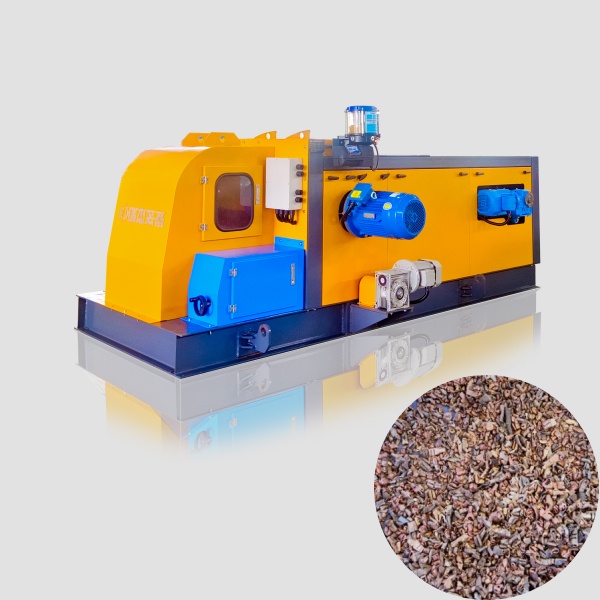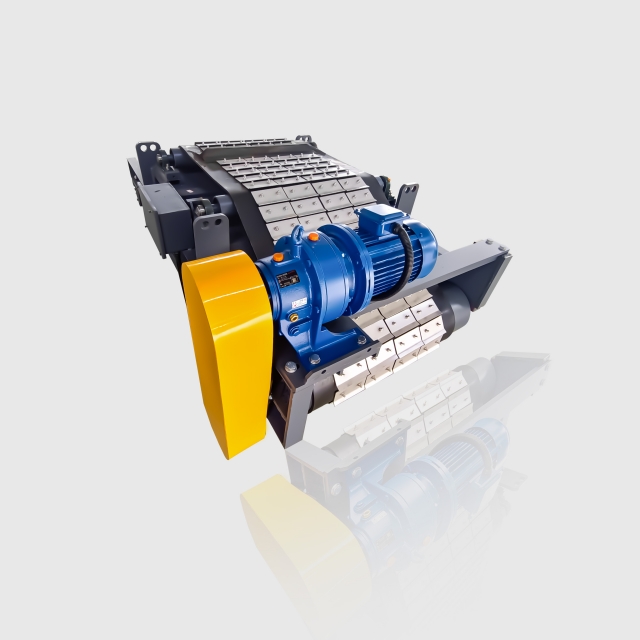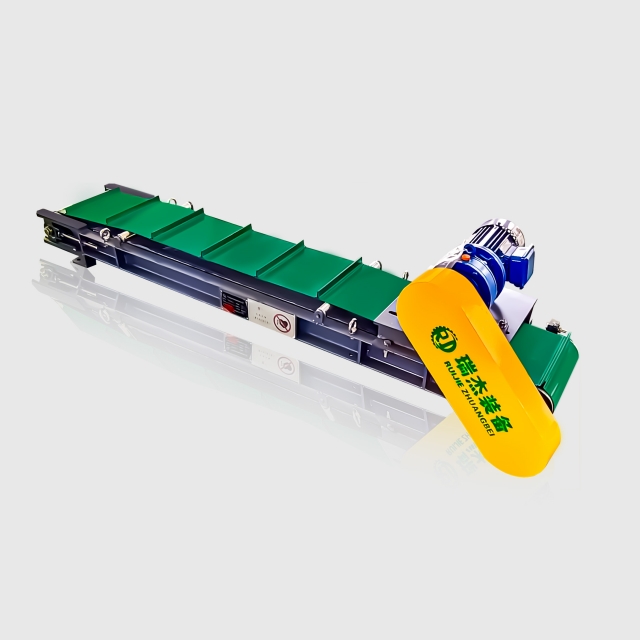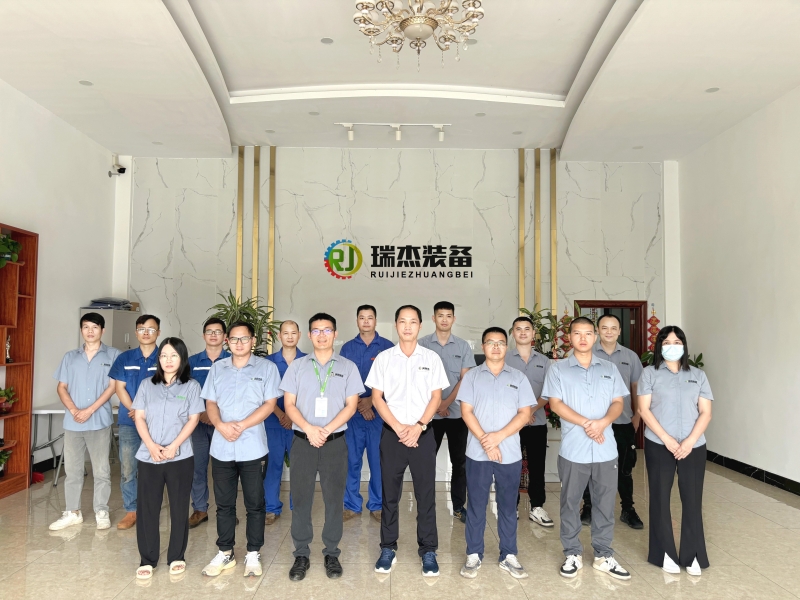Magnetic Separation of Minerals is that magnetic separation plays a crucial role in mineral processing, as industries aim to improve both efficiency and sustainability. Choosing the right magnetic separator is key to achieving optimal performance and cost-effectiveness. Factors such as the type of minerals, processing conditions, and technological advancements greatly influence this decision. Each consideration affects the separator’s ability to meet modern industry demands.
In this article, we will explore the role of magnetic separation in mineral processing and discuss the different types of magnetic separators to help you choose the one that best suits your needs.
Introduction to Magnetic Separation
Magnetic separation is a technique used in the mining industry to separate valuable magnetic minerals from non-magnetic materials. It relies on the difference in magnetic properties of minerals, utilizing magnetic forces to isolate the desired minerals from a mixture. Magnetic separation is widely applied in the extraction of iron ore, chromite, and other ferrous and non-ferrous minerals.
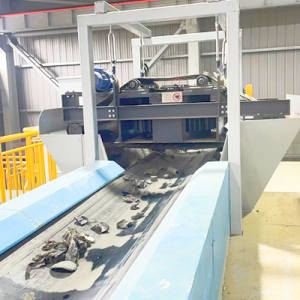
Role of Magnetic Separators in Mineral Processing
Integrating magnetic separators into mining processing isn’t just about improving efficiency—it’s a smart way to maximize profits. By enhancing ore processing and reducing costs, these machines play a vital role in making mining operations more lucrative.
Higher Yield from Raw Materials
Magnetic separator machines increase the recovery of valuable magnetic minerals, ensuring you get the most out of every ton of ore processed. By concentrating high-grade material, these separators reduce the need for extensive secondary processing.
Reduced Waste and Environmental Costs
Separating unwanted materials early in the process minimizes waste, lowering disposal costs and reducing the environmental impact of mining operations. This sustainability factor can also enhance the company’s reputation and compliance with regulations.
Equipment Protection Saves Money
By removing tramp metals, magnetic separators prevent damage to crushers, grinders, and conveyor belts. This reduces repair costs and minimizes downtime, keeping operations running smoothly and profitably.
Enhanced Product Quality
With the ability to produce cleaner, higher-quality ore, magnetic separators enable mining companies to command better prices for their output. Premium products can attract more buyers and boost revenue.
Lower Energy Consumption
Advanced magnetic separators are energy-efficient, which helps reduce operational expenses. Lower energy use also means savings over the long term, especially in large-scale mining operations.
Streamlined Operations
Efficient separation reduces the need for manual sorting or additional processing steps, saving time and labor costs. This streamlined workflow translates into faster output and higher profitability.
By investing in magnetic mineral separators, mining companies can transform their operations into cost-effective, efficient systems that drive both productivity and profit.
Types Of Magnetic Separators From RUIJIE
Magnetic separators are designed in various configurations, each tailored to meet specific industrial needs. Whether you’re handling ferrous or non-ferrous materials, selecting the right separator can enhance operational efficiency and optimize resource recovery. Below are the four types of magnetic separators manufactured by Ruijie:
- Permanent Magnet Overband Separator: This type of separator uses permanent magnets to generate a magnetic field, which maintains its magnetism without requiring an external power source. It is equipped with a continuously moving conveyor belt, which is suspended above the material flow. The magnetic field attracts and removes ferrous contaminants from the materials passing through. Since it does not need an electrical supply, the permanent magnet separator is highly efficient and maintenance-free.
- Electromagnetic Cross Belt Separator: Unlike the permanent magnet separator, the electromagnetic version uses electromagnets to create a magnetic field, whose strength can be adjusted by controlling the electric current. This allows it to handle materials with varying magnetic properties or when adjustable magnetic force is needed. It is mounted above the conveyor belt, with a moving conveyor beneath it, and typically incorporates a motor inside the unit to power the system.
- Wet Drum Magnetic Separator: This separator is designed for processing materials in liquid form. It features a rotating drum submerged in slurry that separates magnetic materials from non-magnetic ones. Wet drum magnetic separators are widely used in industries like mining and water treatment, especially when dealing with fine particles or slurry that requires the removal of ferrous contaminants.
- Eddy Current Separator: This type of separator is specialized for separating non-ferrous metals, such as aluminum, copper, and brass, from other materials. It works by generating a rotating magnetic field that induces eddy currents in conductive materials. These eddy currents create repulsive forces, causing the non-ferrous metals to be separated from the rest of the material flow. Eddy current separators are commonly used in recycling industries to recover valuable metals efficiently.
Key Factors to Consider When Choosing a Magnetic Separator
Type of Minerals Being Processed
The type of minerals plays a critical role in selecting the right magnetic separator machine. Minerals exhibit varying magnetic properties, ranging from strongly magnetic to weakly magnetic or non-magnetic. For instance, ferromagnetic materials like magnetite require separators with strong magnetic fields, while paramagnetic minerals such as ilmenite demand moderate field strength. Non-magnetic materials, though not directly affected by the magnetic field, may still require separation to remove impurities. Understanding the mineral composition ensures the magnetic separation method aligns with processing goals, improving efficiency and product quality.
Operating Conditions (Dry vs. Wet Processing)
Operating conditions significantly influence the choice of a magnetic separator. Dry processing suits materials with low moisture content, such as crushed ores or powders. Wet processing, on the other hand, is ideal for slurry-based operations where water aids in material flow. Each condition demands specific separator designs. Wet separators often feature corrosion-resistant components, while dry separators prioritize dust control. Evaluating the operating environment ensures the separator equipment performs optimally under the given conditions.
Magnetic Field Strength (Weak vs. Strong)
The strength of the magnetic field determines the separator’s ability to capture and separate materials. Weak magnetic fields are suitable for removing ferrous contaminants from non-magnetic materials. Strong magnetic fields, however, are essential for processing weakly magnetic minerals. Selecting the appropriate field strength ensures effective separation and minimizes material loss.
Separator Design, Durability, and Maintenance
The design and durability of a magnetic separator impact its long-term performance. Robust construction ensures the separator withstands harsh operating conditions. Features like easy access for cleaning and maintenance reduce downtime and operational costs. Advanced designs, such as self-cleaning separators, enhance efficiency by automating impurity removal. Prioritizing durability and maintenance-friendly designs ensures consistent performance and cost savings over time.
Innovative Technologies for Magnetic Separation of Minerals
AI and Automation in Magnetic Separation
AI-powered systems now analyze material properties in real time, optimizing separation efficiency. Automated controls adjust the magnetic field based on the mineral composition, ensuring precise results. These advancements reduce human intervention, minimizing errors and improving productivity. Industries benefit from faster processing times and consistent output quality. AI also enables predictive maintenance, identifying potential issues before they disrupt operations. This innovation enhances reliability and extends the lifespan of magnetic separation equipment.
Energy-Efficient Magnetic Separator Designs
Energy efficiency has become a priority for industries adopting magnetic separation. Modern designs incorporate advanced materials and technologies to reduce energy consumption. For example, separators now use energy-efficient magnets that maintain a strong magnetic field with minimal power. Improved insulation and heat management systems further enhance performance. These innovations lower operational costs and support sustainability goals. By reducing energy usage, industries can meet environmental regulations while maintaining profitability.
Enhanced Magnetic Field Strength and Precision
Advancements in magnetic field technology have improved the precision of magnetic separation. High-strength magnets now generate fields capable of capturing even the weakest magnetic particles. Enhanced field control systems allow operators to fine-tune the separation process, achieving higher purity levels. These improvements are particularly valuable for industries processing fine or weakly magnetic minerals. The ability to separate materials with greater accuracy reduces waste and maximizes resource utilization.
Integration with Industry 4.0 and Smart Technologies
Smart sensors monitor equipment performance and material flow, providing real-time data to operators. Cloud-based platforms enable remote monitoring and control, allowing industries to manage operations from anywhere. These systems also support data analytics, helping industries identify trends and optimize processes. Integration with smart technologies enhances efficiency, reduces downtime, and ensures consistent performance. This innovation aligns magnetic separation with the broader shift toward digital transformation in industrial operations.
Parner with RUIJIE for High Performance Magnetic Separators
Choose RUIJIE for high-performance magnetic separation solutions tailored to your mineral processing needs. Our advanced separators, including permanent magnet overband, electromagnetic cross belt, wet drum, and eddy current models, deliver unmatched efficiency, durability, and minimal maintenance. Designed for various applications, our equipment ensures optimal separation, reduced waste, and enhanced resource recovery, boosting productivity while lowering costs.
Contact us today to explore the best magnetic separation solution for your operation and elevate your mineral processing efficiency.

